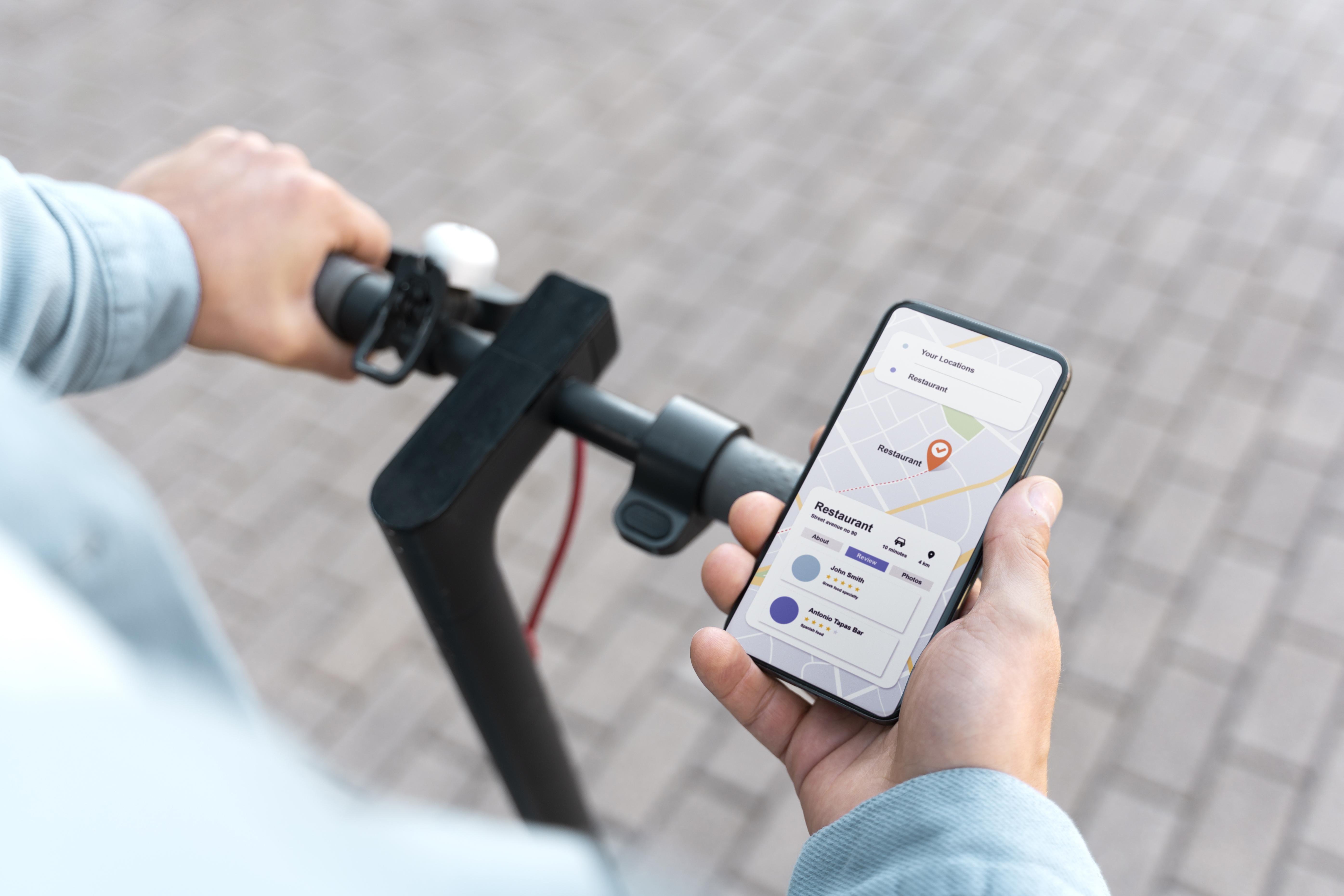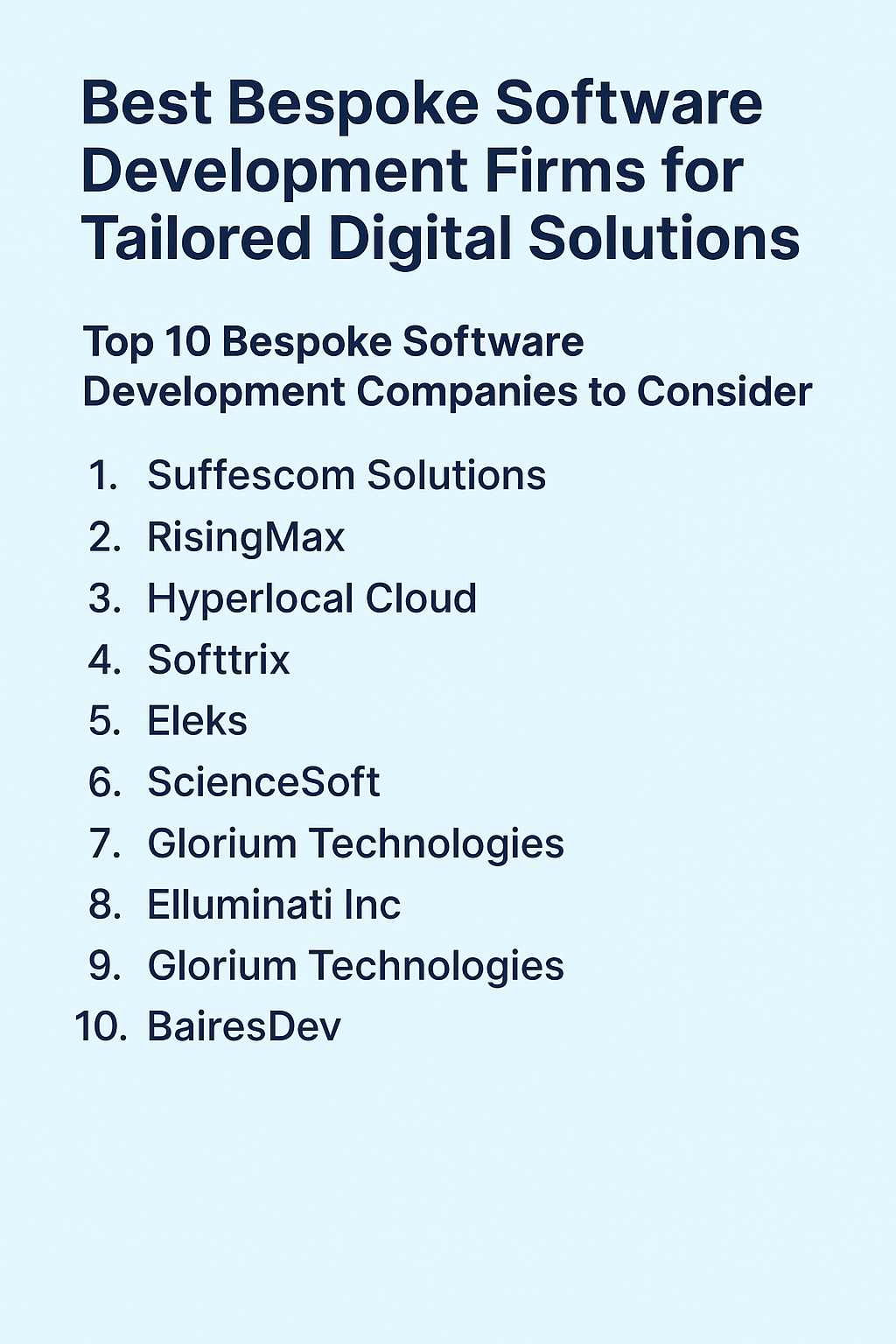How E-Scooter Apps Enhance Urban Micromobility Access

Strong 8k brings an ultra-HD IPTV experience to your living room and your pocket.
Urban environments around the world are experiencing a significant transformation as the demand for sustainable and efficient transportation continues to grow. With the rise of technology and the growing need for eco-friendly travel solutions, e-scooter apps have become central to enhancing urban micromobility access. These applications not only make transportation more accessible but also support cities in reducing congestion, lowering emissions, and improving the overall commuting experience for users.
The Rise of Micromobility in Urban Landscapes
Micromobility refers to small, lightweight vehicles operating at low speeds, including bicycles, scooters, and skateboards. Among these, electric scooters have quickly emerged as one of the most popular choices in urban areas. Their convenience, affordability, and minimal carbon footprint make them highly suitable for short-distance travel. As cities struggle with traffic congestion and environmental concerns, micromobility offers a viable solution. E-scooter apps have been a driving force behind the success of this shift, providing users with a seamless way to locate, unlock, and pay for scooters using their smartphones.
How E-Scooter Apps Improve Accessibility and Convenience
E-scooter apps streamline the entire user journey, from finding a scooter nearby to completing the ride. These apps offer real-time GPS tracking, showing users the exact locations of available scooters. This removes the need for physical docking stations and increases access for people in various neighborhoods, including those traditionally underserved by public transport. E-scooter apps are available 24/7, allowing users to commute at any time of day without waiting for buses or trains. Additionally, in-app features such as payment integration, route planning, and safety tutorials contribute to a more efficient and user-friendly experience.
Encouraging Sustainable Urban Mobility Choices
E-scooter apps play a crucial role in encouraging more sustainable transportation behaviors. With rising awareness of climate change and the need to reduce carbon emissions, more individuals are shifting to environmentally friendly travel options. E-scooters produce zero emissions during use and consume far less energy compared to cars or motorcycles. By integrating e-scooter use into daily routines, users contribute to cleaner air and less noise pollution in cities. Many apps also educate users about their environmental impact, showing the amount of CO2 saved after each ride.
Economic Benefits for Users and Cities
Affordability is one of the key advantages of e-scooter apps. They offer a cost-effective alternative to traditional ride-hailing services and private vehicle ownership. Riders only pay for the time or distance they use, and many services offer subscription plans for regular commuters. For cities, e-scooter programs can stimulate local economies by creating new jobs, including roles in maintenance, logistics, and operations. Furthermore, reduced traffic congestion and improved air quality can enhance urban living standards and reduce public health costs.
The Role of Smart Technologies in E-Scooter Apps
E-scooter app development has leveraged smart technologies like IoT, GPS, AI, and data analytics to improve service quality. IoT-enabled scooters can send real-time data on usage, location, and battery status to centralized platforms. This enables companies to manage fleets more effectively and ensure that scooters are available where demand is highest. AI algorithms can predict high-demand zones and suggest optimal routes for riders. Data analytics also help city planners understand mobility trends and make informed decisions about infrastructure investments and traffic management.
Expanding Mobility to Underserved Communities
Urban transportation systems have historically overlooked many low-income and marginalized neighborhoods. E-scooter apps can bridge this gap by offering mobility solutions where public transport is limited. Some providers collaborate with city authorities to ensure equitable scooter distribution and offer discounted rates for low-income users. As a result, people who previously faced barriers to mobility can now access jobs, education, and essential services more easily. E-scooter services help democratize urban mobility by providing affordable and accessible options for all residents.
Safety Innovations and Rider Education Features
Safety remains a major concern in urban micromobility, and e-scooter apps are addressing this with innovative features. Many apps include built-in safety tutorials and require users to complete them before their first ride. Speed restrictions are applied in high-pedestrian areas or during specific hours. In-app notifications alert riders about hazardous zones or road conditions. Some providers also offer helmets and promote safe riding campaigns. By integrating safety into the app experience, companies aim to reduce accidents and foster a responsible rider culture.
Challenges in Infrastructure and Regulations
Despite their benefits, e-scooter apps face challenges related to infrastructure and policy. Many cities lack dedicated bike lanes or scooter parking areas, leading to cluttered sidewalks and potential hazards. Regulatory frameworks are still evolving, and rules vary widely across regions. Licensing, insurance, and rider age requirements can impact adoption rates. However, ongoing collaboration between app developers, city planners, and policymakers is helping to create balanced regulations that support innovation while maintaining public safety and order.
The Future of E-Scooter Apps and Urban Transportation
The future of e-scooter apps looks promising as they continue to evolve with advancements in technology and urban planning. Integration with public transit systems will allow for more seamless multimodal travel experiences. For instance, apps may soon offer real-time bus and train schedules alongside scooter availability, helping users plan end-to-end journeys. Battery technology improvements and solar-powered charging stations will make fleets more sustainable. As more cities adopt smart mobility strategies, e-scooter apps will remain a key component in building greener and more connected urban environments.
The Role of E Scooter App Development in Urban Mobility Growth
Behind the success of these innovative transportation solutions lies the work of e scooter app development professionals. Building a robust and scalable app requires expertise in mobile app architecture, user experience design, and real-time data processing. These apps must support features like GPS tracking, digital payments, scooter locking and unlocking, and analytics dashboards. A well-designed app not only ensures smooth operations for service providers but also delivers a satisfying user experience that drives repeat usage. Developers must stay updated with emerging trends and technologies to keep the app competitive in a growing market.
Conclusion
E-scooter apps are transforming how people navigate modern cities by making transportation more accessible, sustainable, and efficient. By combining smart technology with practical urban needs, these applications have become essential tools for enhancing micromobility access. They offer numerous benefits including environmental sustainability, cost savings, convenience, and broader mobility inclusion. As more cities embrace micromobility solutions, continued innovation in e-scooter app development will be crucial in shaping the future of urban transportation.
To meet the growing demands of this market, businesses can consider collaborating with an experienced Mobile App Development Services provider to build feature-rich and scalable mobility solutions. Choosing the right On Demand App Development Company ensures the app is built with the latest tools, adheres to city regulations, and delivers an excellent user experience from day one. E-scooter apps are no longer just a trend they are a foundational element in the global shift toward smarter and more livable cities.
Note: IndiBlogHub features both user-submitted and editorial content. We do not verify third-party contributions. Read our Disclaimer and Privacy Policyfor details.







